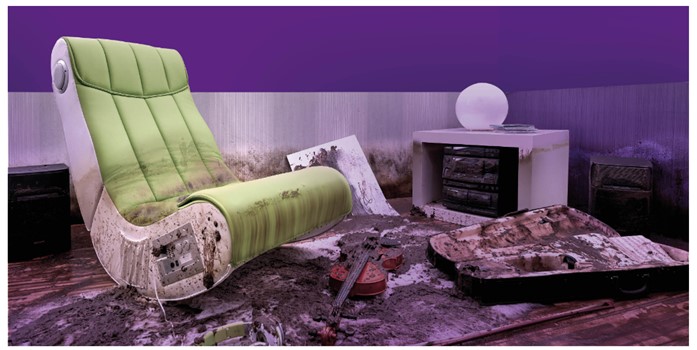There is nothing worse than having your home flooded. Have you not adequately protected your home? Ineffective flood protection can be grounds for an insurer to refuse to pay a claim. A complete lack of protection such as a non-return valve poses a risk of flooding to your home, property or installation. Remedying the consequences of a lack of flood protection can be very costly and unpleasant.
What is a backwater?
Let's start by saying that sewage disposal facilities should be installed in such a way as to avoid flooding of the dwelling. Backflows are always possible in sewerage systems. This happens when the installation is obstructed, the non-return valve has not been installed and, at the same time, it rains more than average or snow melts rapidly. Sometimes an incorrectly installed installation can also be the cause. About faults in the sewer system read in another article. The permissible capacity in the system is suddenly exceeded and a so-called sewer backflow occurs. Backflow is nothing more than the backflow of sewage from the sewer into connected pipes and then into basements and other low-lying areas.
House flooding - the consequences of not having flood protection
In the absence of a suitable safety device, such as a non-return valve, wastewater enters the building through the lowest sanitary fixtures in the building: sinks, baths, toilet bowls, bidets and floor drains.
-
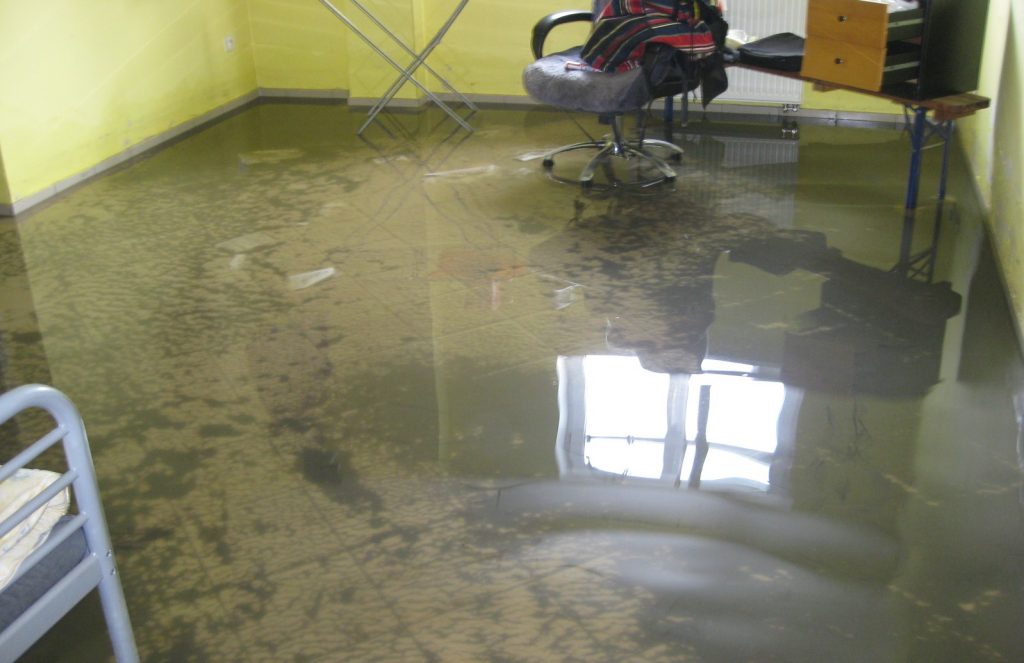
Flooding of the room due to unprotected backflow
Premises become flooded and equipment damaged or unusable. Floors and walls become damp, resulting in fungus. Such flooding of the house certainly endangers your health and damages the rooms and their furnishings. In addition to a lot of stress and time spent cleaning the room, you should expect very expensive repairs. The repair expenses after a flood can exceed the cost of an anti-flooding device many times over. As you can see, it is not worth the risk. In this case, the Pumpfix F Kessel backflow preventer will do the job perfectly.
How does the non-return valve work?
The non-return valve is an ideal technical solution and a cost-effective alternative to pumping stations. It is a self-acting device, using the pressure difference in the installation to operate. The main function of the non-return valve is to guarantee the flow of water in the system in one direction only. At the same time, the non-return valve is designed to block the flow in the opposite direction. It is certainly an important safety element against failure.
Why install a Pumpfix F wastewater pump backflow preventer from Kessel?
Particularly noteworthy is the Pumpfix F backflow preventer. The device from the manufacturer Kessel is a multifunctional and effective anti-flooding valve that safely discharges wastewater in the direction opposite to the backflow.
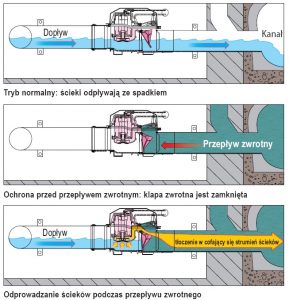
Wastewater is discharged continuously without the use of electricity using the natural gradient into the sewer. During backflow, a pump is automatically switched on, which pumps the incoming wastewater in the direction opposite to the backflow. In practice, this means that sanitary facilities (e.g. toilets) can continue to be used during backflow, while preventing sewage from entering the premises.
-
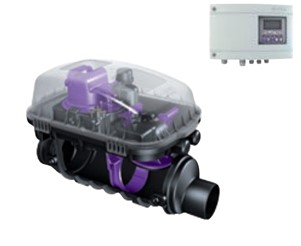
Pumpfix F for installation on a free drainage pipe
-

Pumpfix F for installation in the base plate
This highly intelligent device has a mechanism for shredding solid waste, which is very important for faecal waste water. The Pumpfix F anti-flooding valve with pump is used for wastewater with and without faecal matter. When surging excess water also penetrates into lower areas, e.g. cellars, the Kessel anti-flooding valve will ideally fulfil the drainage function. The pump only operates when backflow from the sewer occurs.
How and where can I install the Pumpfix F Kessel non-return valve?
The device can be installed in two ways: on a free cable in the room or in the floorboard.
A check valve installed above the floor provides an alternative to later installation in the floor slab without incurring major construction costs. Easier installation and free access to the unit during maintenance and pipe cleaning are also advantages.
-
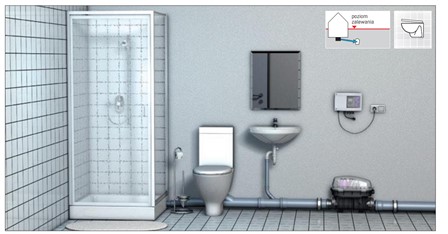
Installation of a non-return valve in a room on a free pipeline
The second way of installing the valve has a simple cover, or a cover designed to be filled with tiles with an integrated gully function, which allows additional drainage from the floor surface. However, if you are a fan of aesthetic and practical space, hide the valve under the floor. This option is best planned for at the building design stage.
-
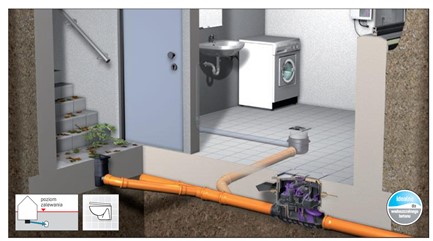
Installation of a non-return valve under the floor
In conclusion, is a backwater valve really necessary? An anti-flooding device certainly avoids damage in a so-called sewer backflow situation. It is a waste of your life to deal with the acute effects of flooding....
